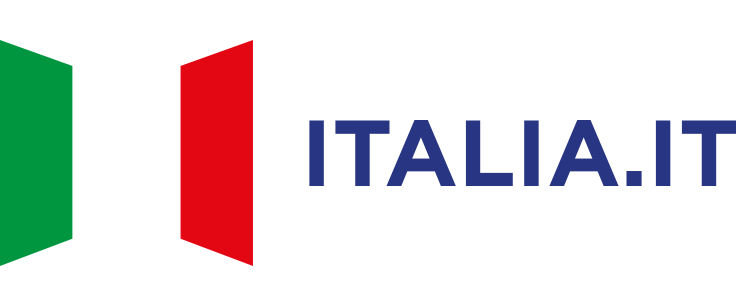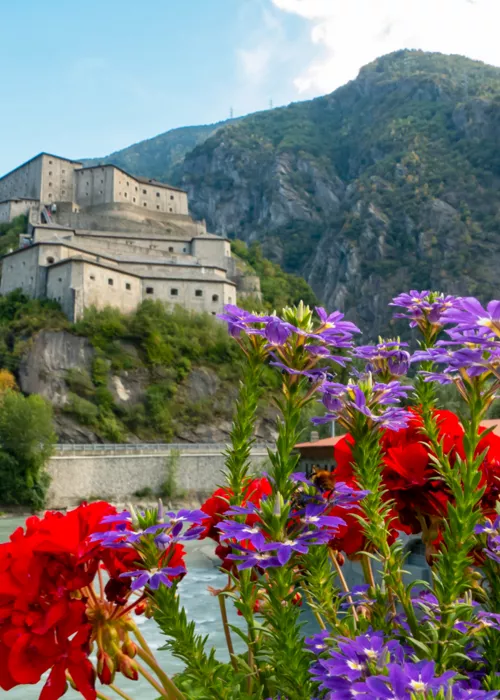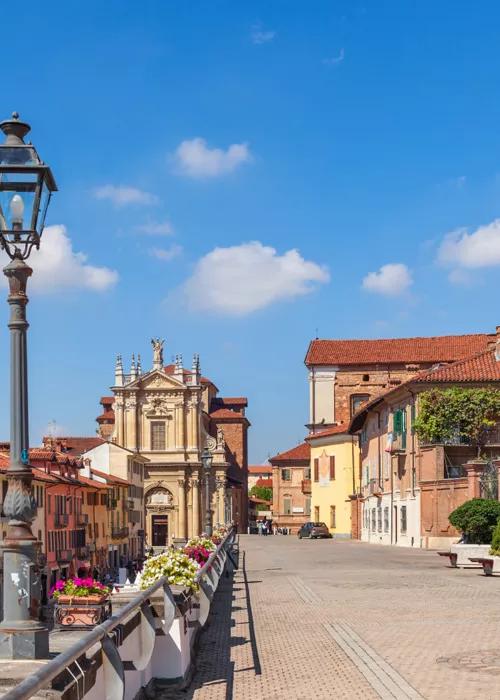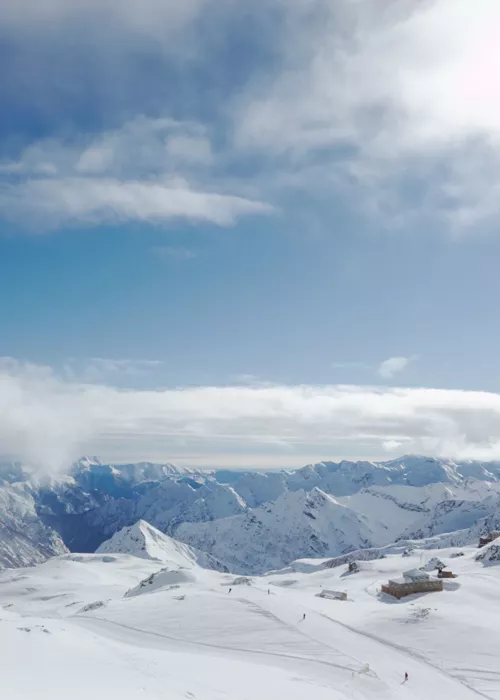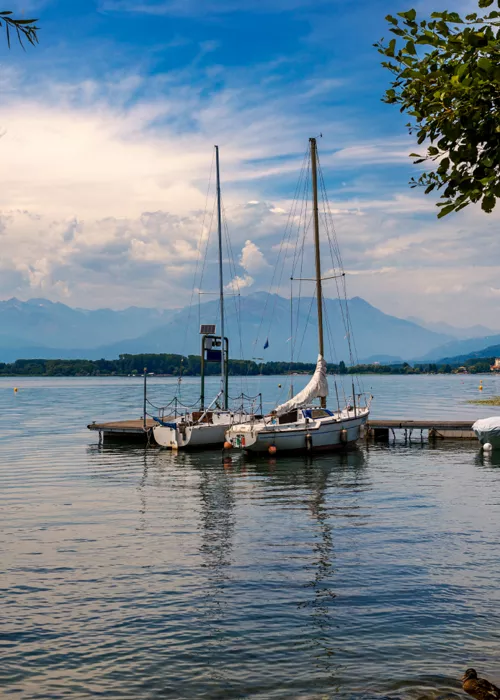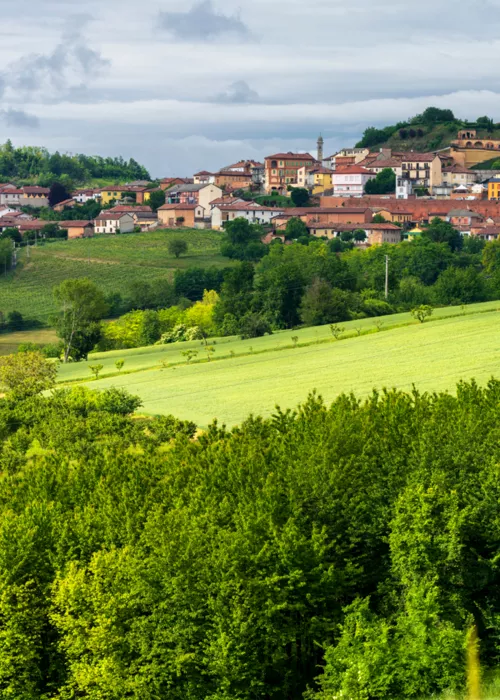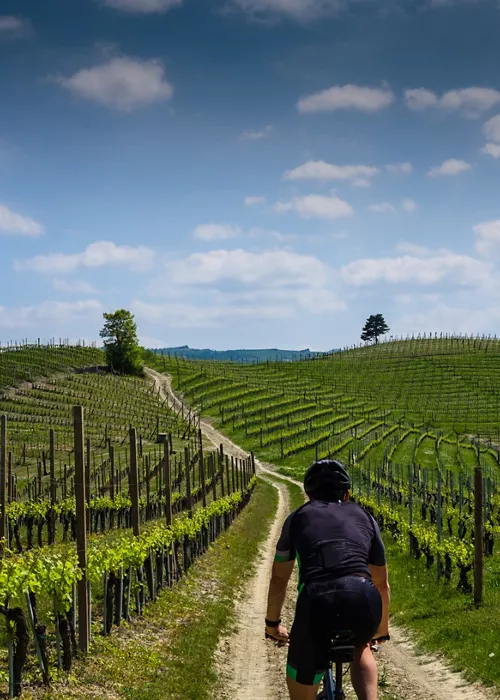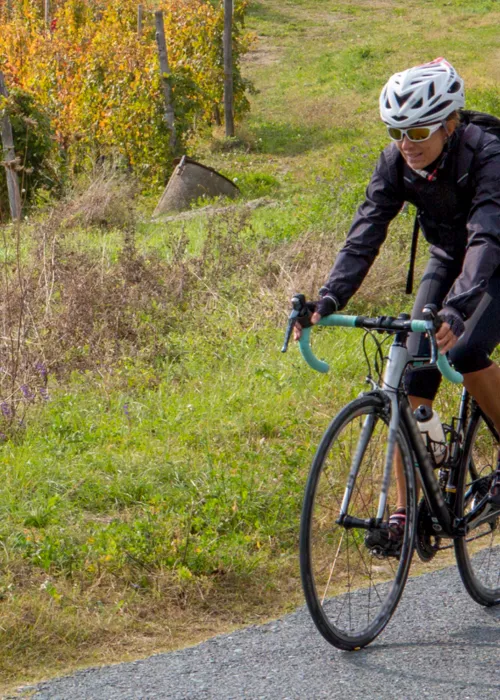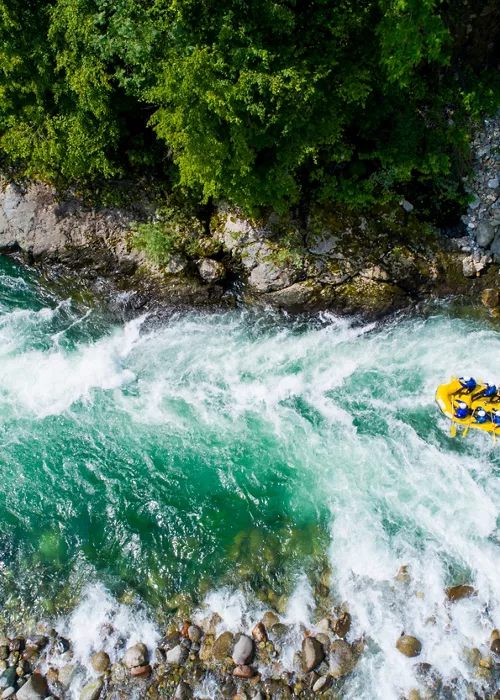Welcome to the Gran Paradiso Experience: an adventure for every season
8 minutes

Index
Italy’s very first national park, Parco Nazionale del Gran Paradiso, concentrates a remarkable range of outdoor activities in a compact high‑mountain setting, twelve months a year. Trekkers can follow the Alta Via Canavesana, a 13‑stage loop with 13,000 metres of ascent along the historic Strade Reali di Caccia and through villages, lakes and Alpine sanctuaries. Thrill‑seekers can test the Arcansel “Volo dell’Arcobaleno” zip line at Frassinetto- 1.8 km suspended above Canavese woodlands- or the granite cracks of Valle Orco, the “Italian Yosemite Valley” where the Nuovo Mattino movement of alpinism was born.
The streams of Val Soana offer sport‑fishing reserves, canyoning and soft‑rafting, while Ceresole Reale is a gateway to high‑altitude trails and, in winter, to frozen waterfalls, 17 km of cross‑country loops and ski‑touring routes towards Colle del Nivolet. Completing the cycling offer, the Velodromo Francone at San Francesco al Campo, 400 m of concrete, open March to September- hosts federation training and national competitions.
In short, the “Gran Paradiso Experience” brings together hiking, vertical adventures, water sports, snow and cycling in one protected Alpine landscape.
Arcansel Zip Line -- Volo dell'Arcobaleno: 1.8 km at up to 140 km/h

At the foot of Parco Nazionale del Gran Paradiso, the Arcansel zip line at Frassinetto is more than a quick thrill: it's full immersion in nature and speed.
The Volo dell'Arcobaleno ("Rainbow Flight") spans 1,800 metres and can hit 140 km/h, treating those who take the leap to breathtaking views over the surrounding valleys and peaks.
Participants are clipped to a special pulley with magnetic braking and launched: the flight-solo or in tandem-lasts roughly 70 to 85 seconds, with a prone‑style position that lets you glide almost horizontal.
Alpinism in Valle Orco: Italy's Yosemite Valley and the Nuovo Mattino

From Il Caporal to Il Sergent, from single‑pitch lines to long multi‑pitch routes, the rock faces looming above Ceresole Reale burst with colour in summer as climbers return to retrace the lines on climbing routes where this discipline's history was written.
On these granite walls in Valle Orco, the early 1970s saw the rise of one of modern alpinism's most fascinating chapters: the Nuovo Mattino. It described a new way of climbing, more philosophical than muscular, a sort of ascent with a near‑mystical flavour. Its chief theorist was Gian Piero Motti and, among the many young climbers who came here in jeans and Superga shoes, there was a very young Mike Kosterlitz-later awarded the 2016 Nobel Prize in Physics.
Alessandro Gogna dubbed these crack‑laced granite faces- demanding techniques specific to the rock- Italy's answer to Yosemite Valley.
Gran Paradiso 360°: high altitude trails, icefalls and pistes to enjoy

Ceresole Reale is a launchpad for spectacular trails into the park that draw hiking enthusiasts. Classics include the ascents to Rifugio Leonesi (2,909 m) and Rifugio Jervis (2,550 m) from Borgata Chiapili di Sotto. Another fine hike leads to the Laghi di Bellagarda, on a path that climbs from the lower end of the village (Borgata Ghiarai) through woodland to the first of seven small lakes with sweeping views. Perhaps the most rewarding outing is to Lago di Dres: start from the road skirting the south side of the lake (Borgata Pian della Balma) and in a couple of easy hours you reach the mountain lake; from there you can continue to Colle Sià with vistas over the glaciers of the Tre Levanne. Another attractive option is the Giroparco Gran Paradiso: starting at Rifugio Città di Chivasso on the Nivolet, it unfolds in eight stages- linking to the Valle d'Aosta side- and follows the Strade Reali di Caccia, built in the 19th century by the House of Savoy with steady gradients of around 8-10% and stretches of dry‑stone walls and paving that once linked the royal hunting lodges, before the area became Italy's first national park.
Around Ceresole Reale in winter, numerous icefalls form; those at X Ice Park are created artificially by diverting a stream.
With its frozen waterfalls, Ceresole is a true paradise for ice‑climbers; and beginners can hire Alpine guides. In winter, the full loop around Lago di Ceresole Reale becomes a cross‑country circuit, skate and classic, totalling 17 km, with loops of varying difficulty that reach the village and sweep out to the dam's great wall.
For ski‑tourers and snowshoers the choice is vast: countless itineraries reveal the park's heart. A simple, highly scenic tour leads to Lago Serrù and then Colle del Nivolet: the road that carries cars in summer is closed in winter and turns into an easy, panoramic route where close‑up encounters with chamois and ibex are not uncommon.
Two kilometres from the village, at Borgata Chiapili, a one‑kilometre downhill ski slope is served by a lift.
Lower down Valle Orco, near Locana, lies a small historic Canavese ski area: Alpe Cialma. With four pistes served by a chairlift, a drag lift and a magic carpet, it feels purpose‑built for families and children- the classic place to learn and enjoy a day in the open air away from the crowds. Once a week you can even ski under floodlights; the area is also ideal for ski‑touring and snowshoeing.
In Val Soana, at 1,550 m in Piamprato, the tiny Pianeta Neve ski area offers 800 metres of pistes for skiing and snowboarding, served by one lift.
Velodromo Francone: 400 metres of track forging champions and amateurs

Straddling the boundary between the Torinese and Canavese, two lands as different as they are complementary, the Velodromo Francone in San Francesco al Campo is a gem for track‑cycling fans. Just 20 km from Turin, a short hop from Torino‑Caselle international airport and 35 km from Ivrea, it's easy to reach and close to attractions such as the Reggia di Venaria, the castles of Canavese and the Alpine frame of the Graian Alps. Built back in 1996, this concrete track has been a reference point ever since, offering an exciting arena for anyone ready to roll onto the boards. Here the story of numerous champions has been written, among them Filippo Ganna, six‑time world champion in the individual pursuit, an unprecedented achievement in cycling history.
Thanks to its features and lively calendar, the Velodromo Francone is a hub for athletes of all ages and a major draw for enthusiasts. With a 400‑metre lap and a maximum banking of 35%, it stages stimulating challenges for cyclists at every level: professionals honing their craft and amateurs testing themselves.
Open seven days a week from March to September, the venue is a valuable resource for the local cycling community thanks to its strong youth programmes. Here, emerging talents- especially the youngsters of the FCI Track School- can cultivate their passion and sharpen their skills under expert coaches, laying a solid foundation for the future of Italian cycling. The venue is also a fixture on Italy's national and international track‑racing calendar.
And it's not just the track: the velodrome provides services to make every visit comfortable and complete, from high‑quality track‑bike hire to changing rooms and showers, designed around riders' needs. It welcomes those with cycling in their blood who aren't full‑time athletes too: amateurs, triathletes, para‑athletes. For them, the venue offers a unique chance in the region to experience track cycling. In short, the Velodromo Francone is an outstanding reference point that makes the dream of the boards accessible to all.
